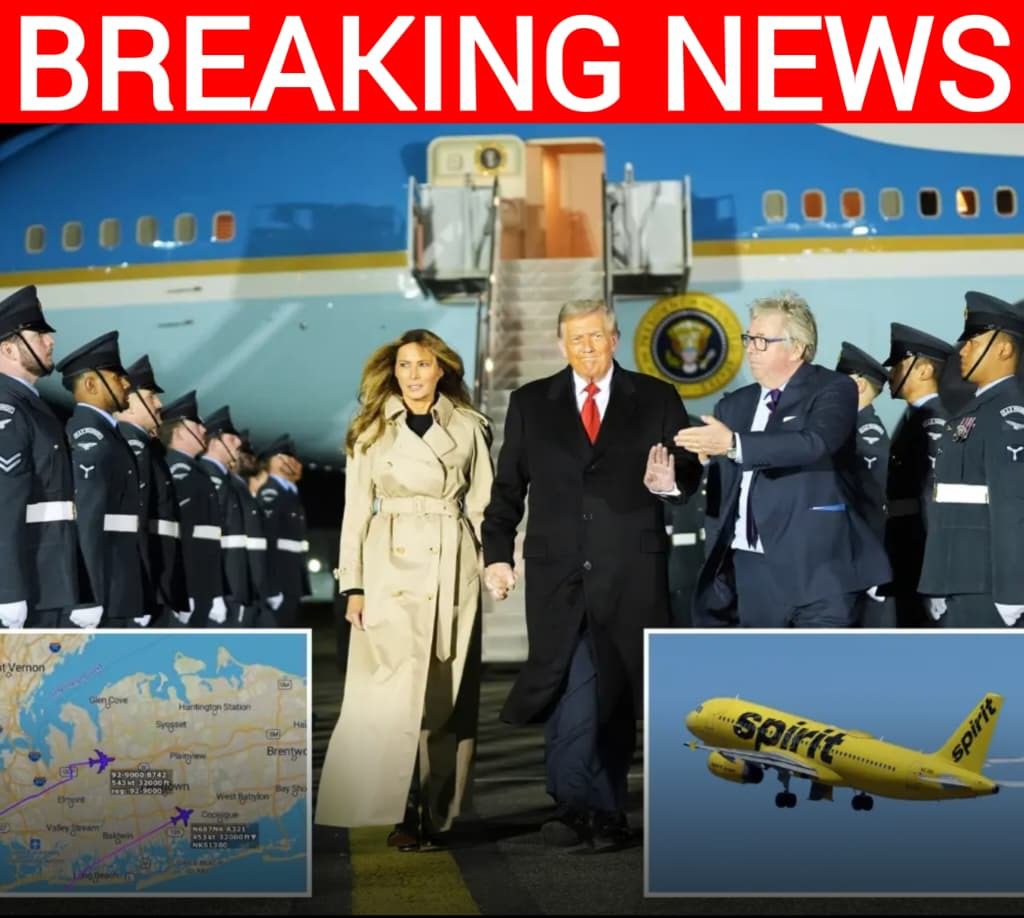Spirit Airlines Flight Repeatedly Told to “TURN, TURN, TURN” After Flying Close to Air Force One With President Trump Onboard
Air travel is usually a routine experience for most of us, but every now and then an incident reminds the world how much coordination and attention it takes to keep the skies safe. That reminder came this week in the form of a tense exchange between air traffic controllers and a Spirit Airlines flight that found itself flying in the vicinity of Air Force One as President Donald Trump and First Lady Melania were headed to the United Kingdom. The audio that has since circulated paints a vivid picture of urgency in the control tower, with repeated shouts of “Turn, turn, turn!” directed at the Spirit pilots.
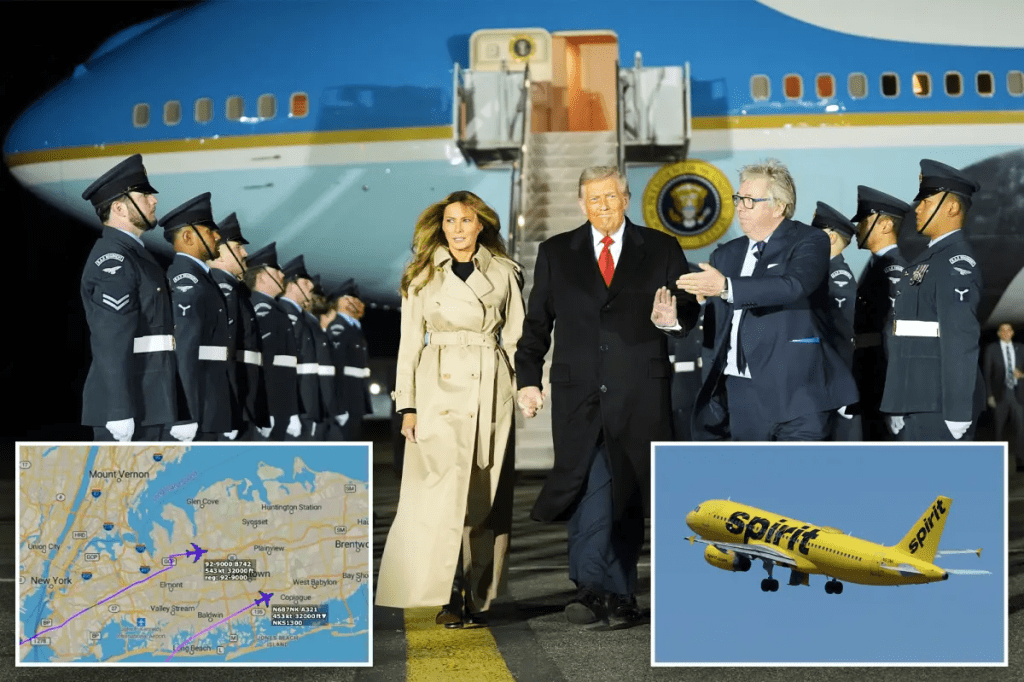
The Spirit Airlines flight in question was Flight 1300, traveling from Fort Lauderdale to Boston. As it flew over Long Island, New York, it came close enough to Air Force One that immediate corrections had to be made. Air traffic control instructed the Spirit plane to turn twenty degrees to the right in order to maintain safe distance. What caught the attention of many was not just the repeated commands, but the frustration in the voices of the controllers. At one point, one of them could be heard saying, “Pay attention. Get off the iPad,” a rare and unusually blunt remark that suggested irritation at the pilots’ delayed response.
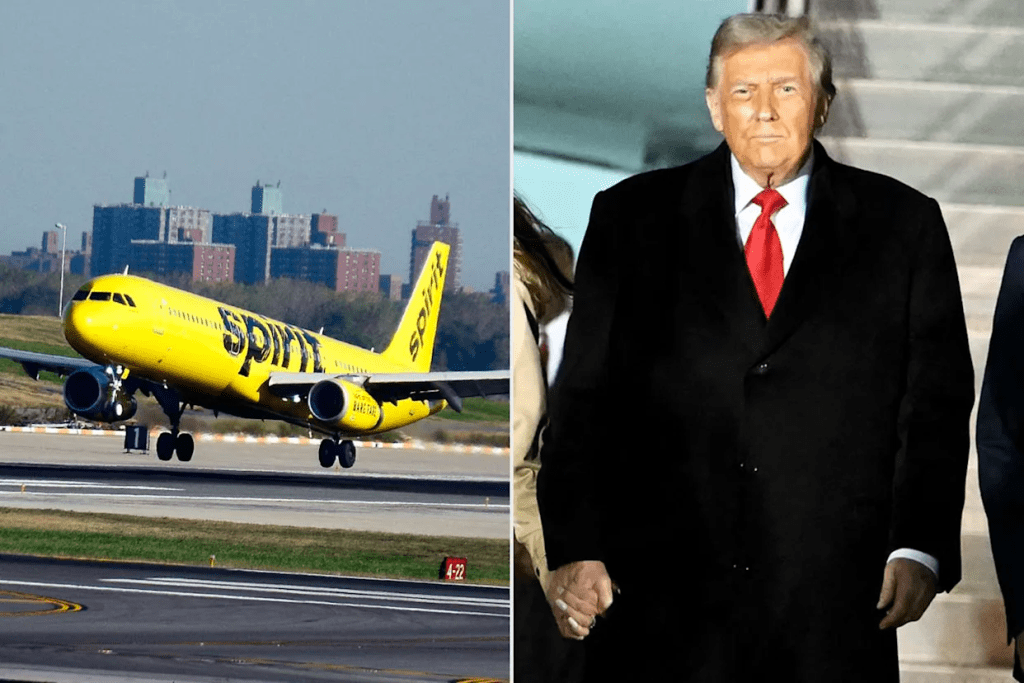
The very idea of a commercial flight flying anywhere near Air Force One understandably sends a jolt of concern through the public. After all, the president’s plane travels with strict security protocols and special airspace protections. But despite the dramatic audio, officials have clarified that at no point was there an actual breach of required safety standards. The planes were separated by around nine thousand feet vertically, and the closest they came in geographic terms was roughly eight to eleven miles apart. In the language of aviation, that still leaves a cushion of safety, but the repeated commands highlight how seriously controllers take any potential encroachment into presidential airspace.
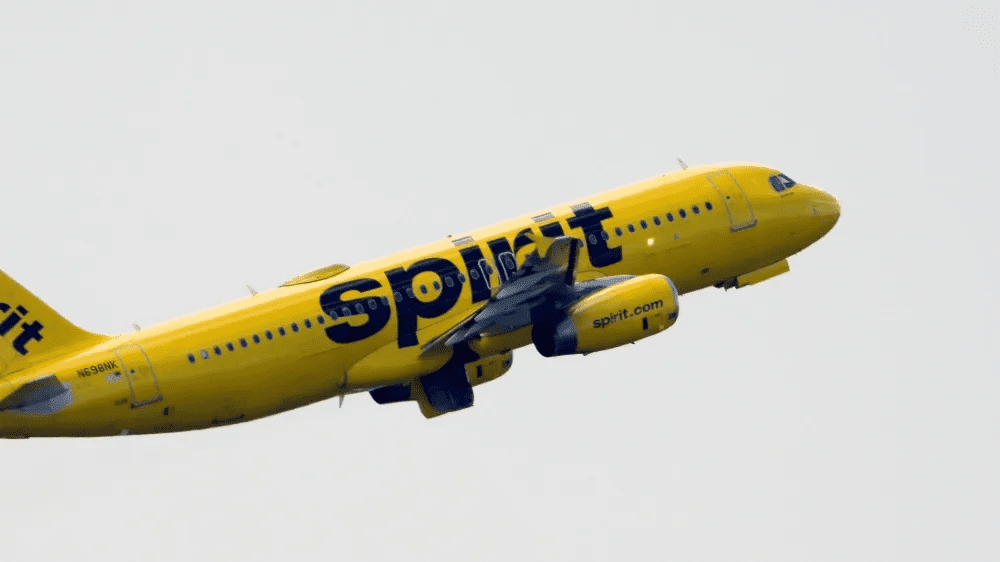
Spirit Airlines quickly issued a statement saying their pilots followed instructions and that the flight landed safely without incident. The FAA also confirmed that separation was maintained at all times, and there was no rule violation. Still, for those who heard the recording, it was easy to imagine the pressure of the moment. Air traffic controllers are trained to keep cool under stress, but when the stakes involve the president of the United States, the margin for error is zero, and the emotion in their voices reflected that.
What lingers after this story is not just the technical details of distance and altitude, but the very human element of the skies. Passengers on the Spirit flight likely had no idea they were flying near Air Force One, let alone that their pilots were being scolded over the radio. The president and first lady continued their journey without issue, heading toward a high-profile state visit in the UK. For those of us following from the ground, though, the episode is a reminder of how many moving parts there are in air travel, and how quickly professionals must react when planes are on intersecting paths.
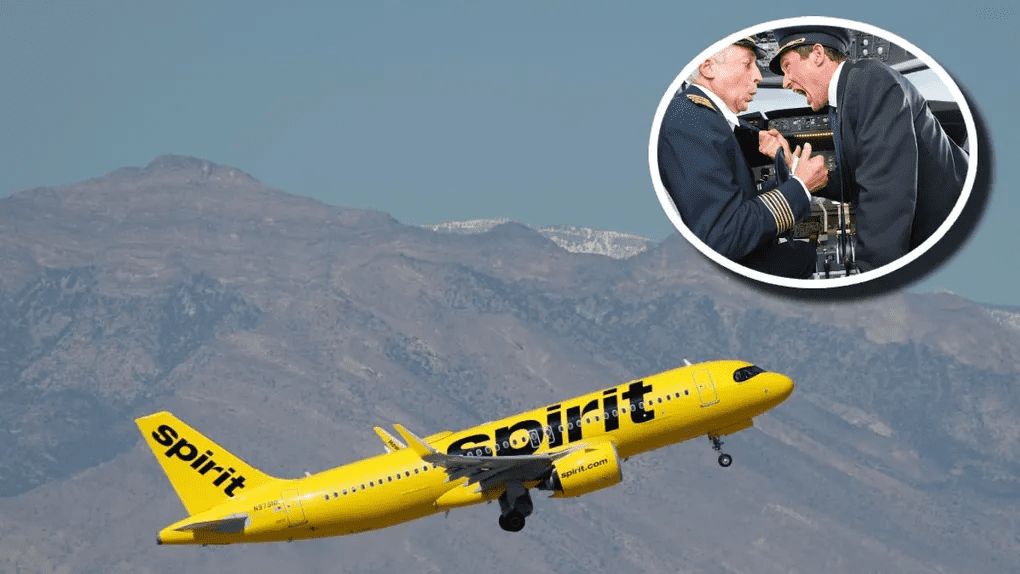
There is also something striking about how a simple phrase—“Turn, turn, turn”—captured so much attention. It carried urgency, almost like a scene out of a movie, but it was also just a normal part of keeping the skies safe. Pilots are human, controllers are human, and every day they juggle dozens of these moments to keep flights on time and passengers safe. This time it just happened to involve the most famous plane in the world, and that made all the difference in how widely the story spread.
As the dust settles, the important fact is that no one was in danger. But the audio will likely stick in the minds of many as one of those rare glimpses behind the curtain, where the careful choreography of aviation meets real-time urgency. It was a close encounter, but not a dangerous one, and it shows why the people who guide our planes from the ground deserve as much recognition as the pilots in the cockpit.
